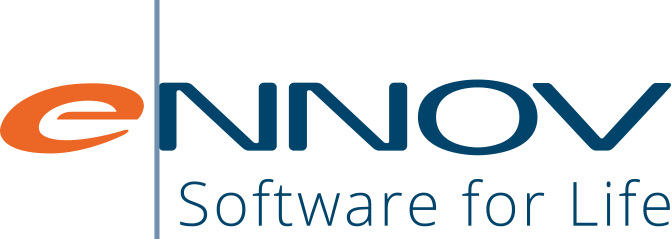Most people think of Regulatory Information Management (RIM) as a set of tools and processes to manage product submissions and registrations, track regulatory commitments, and integrate regulatory correspondence.
But for large companies planning product divestitures, RIM provides a vital function. In conjunction with master data management, RIM plays a critical role in identifying assets and supporting an orderly transition before, during and after the divestiture.
Consider the portfolio of a Tier 1 pharma: hundreds or thousands of drugs, each with multiple dosage forms, strengths and routes of administration, in dozens of countries. On top of that, a single drug may be both branded and generic, and prescription or OTC, on a country by country basis. Registrations for OTC switches or generic versions may be ongoing but not yet complete. Approved indications, of course, vary by country as well.
An underlying problem is the quality of the master data. Often, drugs have been marketed for many years. Updates from affiliates (who often did not have direct access to regulatory systems) have not always been reliable. It’s often difficult to get an accurate picture of which drugs are authorized or marketed in which countries, under which brand names.
A Divestiture Example
Consider a simplified example, esomeprazole:
- Sold under the brand names NEXIUM, NEXIUM 24 Hour or NEXIUM IV by AstraZeneca in the US. The Orange Book lists various injectables, tablets, capsules, and suspensions, ranging from a 2.5 mg base packet to 40 mg delayed-release capsules. Most of these are OTC, resulting from an Rx to OTC switch, but the injectable forms are prescription only.
- In Australia, this medicine is available from a pharmacist and requires a prescription. It is Schedule 4: Prescription Only Medicine.
- In Japan, AstraZeneca co-markets Nexium with Daiichi Sankyo in 10 mg and 20 mg capsule dosage forms as a prescription drug.
- In 2010 the FDA approved naproxen and esomeprazole magnesium as VIMOVO, with Pozen and AstraZeneca as the license holders.
- In Europe, the product was approved under the brand name Nexium Control in an EU Centralised Authorisation. The OTC rights are held by Pfizer Consumer in an agreement with AZ.
Suppose, as a thought exercise, a sponsor (such as AstraZeneca) decided to divest a product (such as esomeprazole). How would they go about identifying assets to be divested, and the impact of divesting?
Ideally, the sponsor would have good master data about the product. This would require, at a minimum, information about the active substance (by itself or in combination with other active substances), and what brand names apply in which countries.
The Role of RIM
Their RIM system should be able to determine:
- What the license status is in each country: approval status, dosage forms, strengths and routes of administration, approved indications, prescription or OTC status, generic vs branded availability, and current label.
- Ongoing regulatory activities: new indications, Rx to OTC switches, commitments, renewals, annual reports, and more.
- Ongoing clinical trials.
- Information about manufacturers, MA holders, and Drug Master Files.
With that information, many aspects of planning could begin. Just focusing on technology-related indications:
- What information will have to be transferred from RIM?
- What documents will have to be transferred from the regulatory EDMS, eTMF, promotional materials management system, safety system, and other content management systems?
- Will information need to be removed from or locked in the sponsor’s current systems?
- What will the cutover look like?
- Does any historical information need to be retained? Who should have access?
The situation may be even more complicated if the sponsor decided to sell off a subset of assets. Then some information (such as safety information) might need to be provided to the new license holder and retained by the original license holder.
Conclusion
An efficient divestiture depends heavily on how easily questions like these can be answered. Having a RIM system that is both comprehensive and easy to use helps ensure accurate answers are obtained quickly.
Enterprise RIM systems (like Ennov RIM) require a robust, yet flexible data model that connects all regulatory and master data. Just as important is an intuitive user interface that provides instant access to the information needed to answer business-critical questions in just a few clicks.


